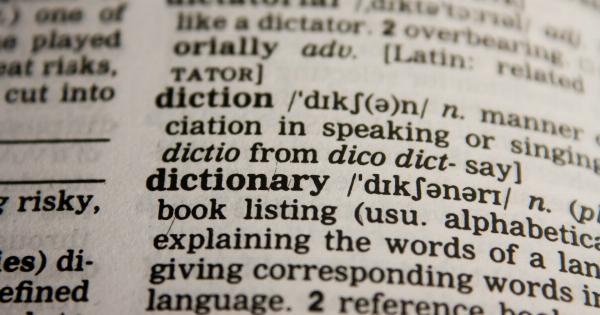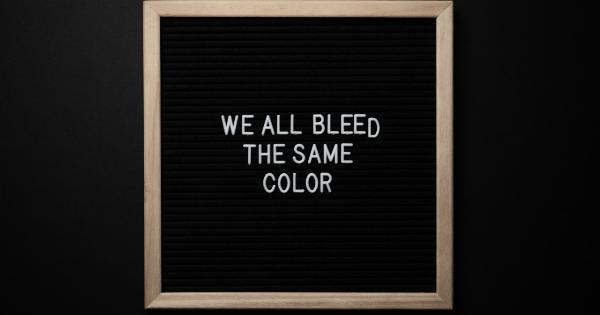As language learners, we often make mistakes when using words that sound similar or when we use them out of context.
It’s only natural to commit errors, but it can be embarrassing and frustrating when we do it in front of native speakers or when we write important texts.
In this article, we’ll address six common misuses in the English language and how to avoid them. Learn from these mistakes, and you’ll be sure to impress your audience with accurate language use.
1. Affect vs. Effect
These two words are often confused in their usage. While they both refer to the result of an action, they have different meanings. “Affect” is a verb used to describe the impact of one thing on another. It means to influence or change something.
On the other hand, “effect” is a noun or a verb. It refers to the result or outcome of a particular action.
Examples:.
- The loud music affected my concentration.
- The effects of loud music on concentration can be detrimental.
2. I.e. vs. E.g.
The abbreviations “i.e.” and “e.g.” are commonly misused in writing.
“I.e.” stands for “that is” and “e.g.” for “for example.” When using these abbreviations, it’s crucial to use them consistently to avoid confusion. Using the wrong one can change the meaning of a sentence.
Examples:.
- I love citrus fruits, e.g., oranges and lemons.
- I love citrus fruits, i.e., tart fruits with a juicy pulp.
3. Its vs. It’s
The difference between “its” and “it’s” is a frequent source of confusion for learners.
“Its” is a possessive pronoun used to show ownership, while “it’s” is a contraction of “it is” or “it has.”.
Examples:.
- The cat played with its toy.
- It’s raining outside.
4. Lie vs. Lay
The verbs “lie” and “lay” are often misused, especially when it comes to the past tense. “Lie” means to recline or be in a resting position. “Lay,” on the other hand, means to put or place something down.
Examples:.
- I lie down on the couch to watch TV.
- I lay my book on the table yesterday.
5. Which vs. That
“Which” and “that” are often used interchangeably, but they have different meanings and functions in a sentence.
“That” is used to restrict or limit the meaning of a sentence, while “which” adds extra information.
Examples:.
- The book that I read is about a love story.
- The book, which I read yesterday, is about a love story.
6. Fewer vs. Less
The distinction between “fewer” and “less” can be tricky, but it’s essential to use the right one to avoid errors. “Fewer” is used with countable nouns, and “less” is used with uncountable nouns.
Examples:.


























